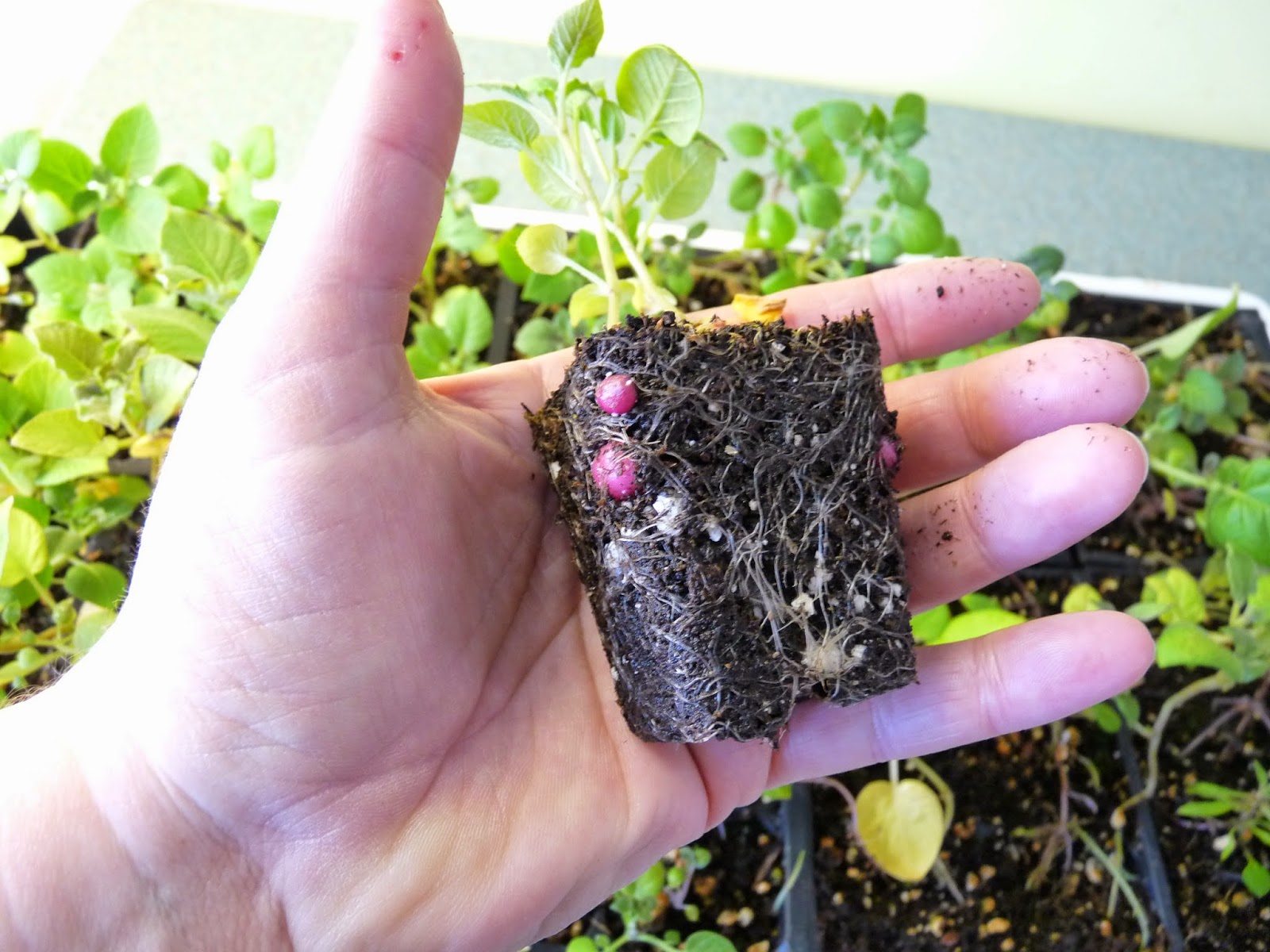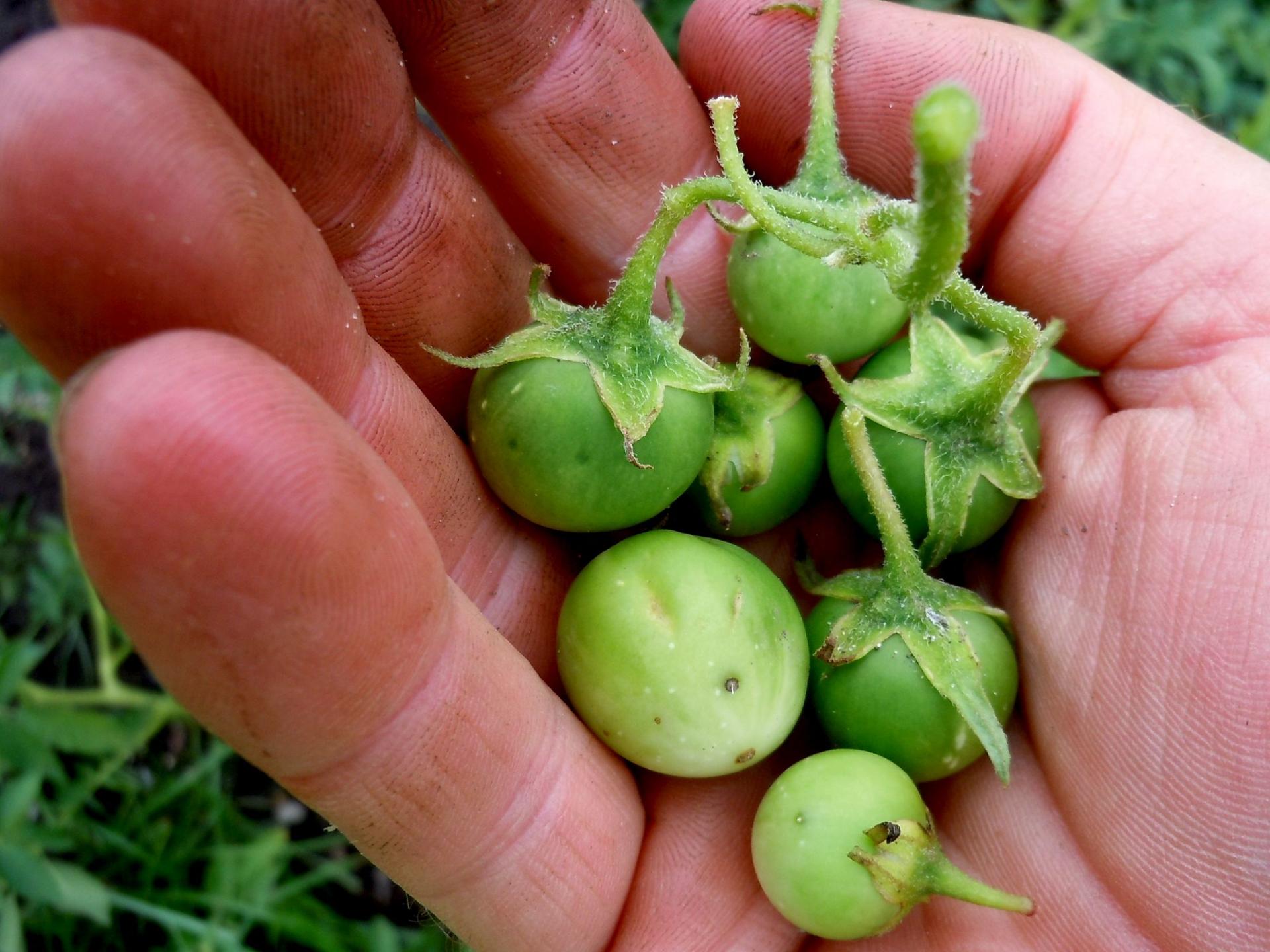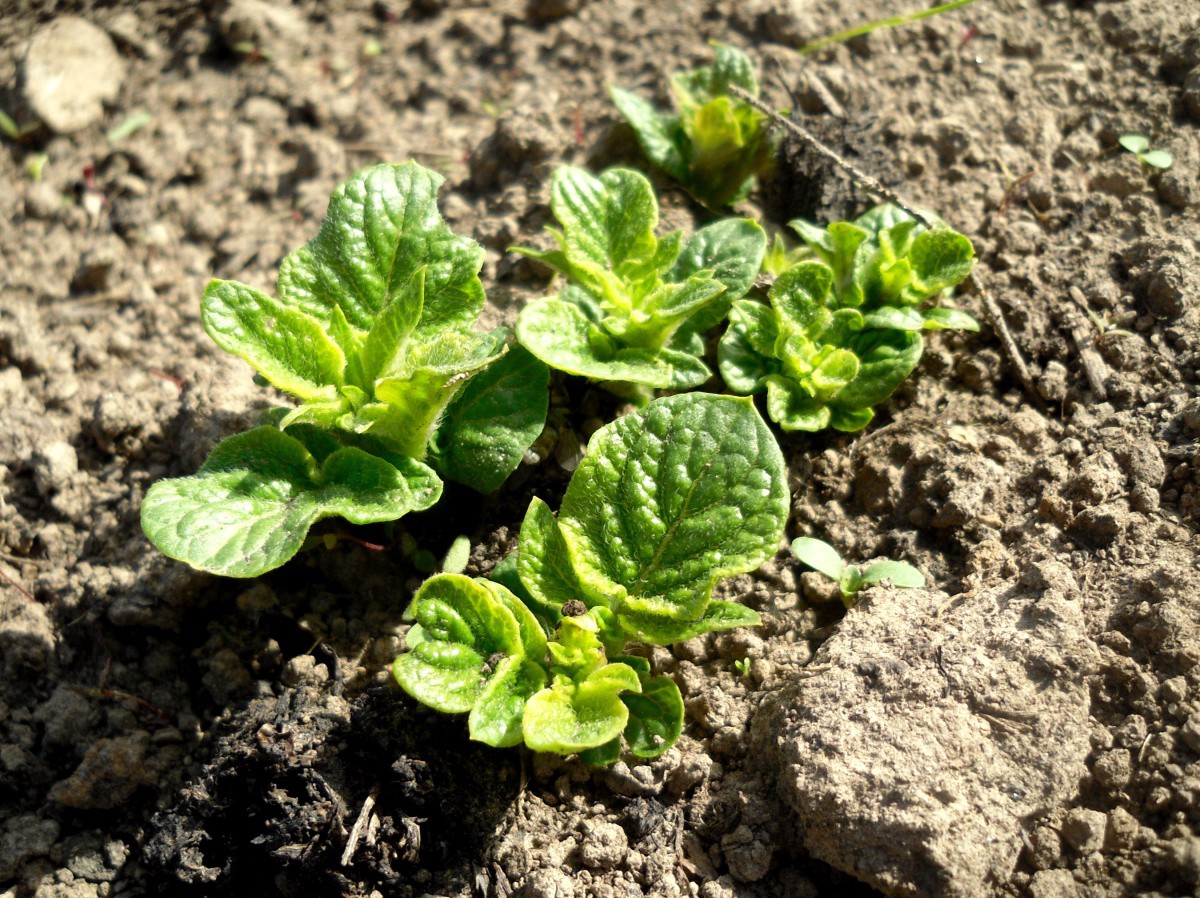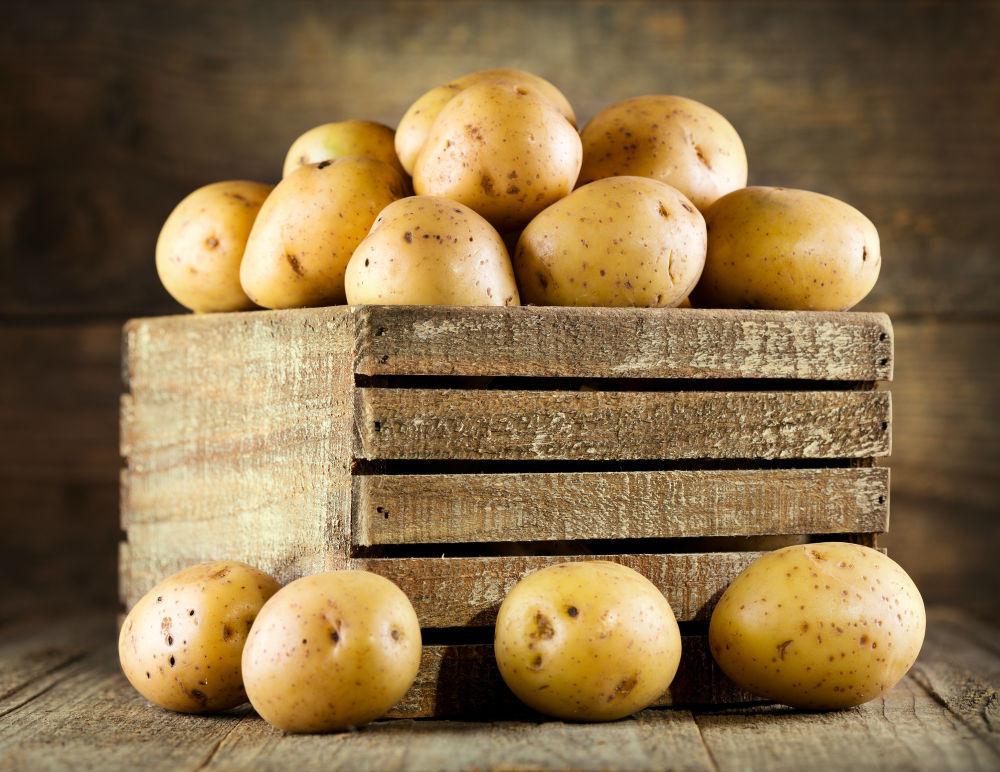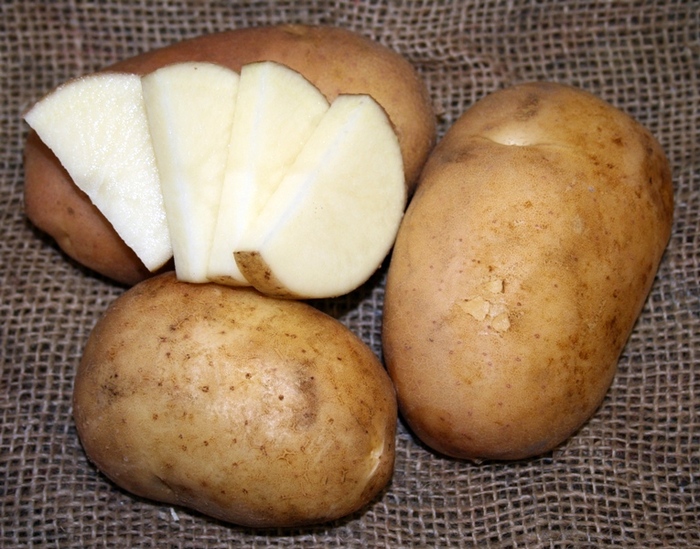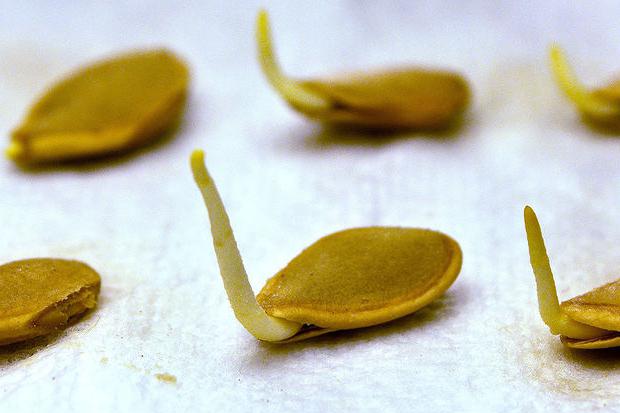Content:
When potatoes are planted in one area for several years in a row, the marketable and other qualities of the variety deteriorate significantly, it begins to degenerate. Resistance to major diseases and yield also decrease. Gardeners know two correct ways out of this situation. Firstly, you can buy a new species for landing, but it will cost a lot, and no one will give a quality guarantee. Secondly, you can grow potatoes from seeds. In the latter case, various experiments can be carried out and even new varieties can be obtained. The activity is fun and not too difficult.
Basic information
Until a certain time, potatoes were not very popular in our country. Only the famine that overtook her in the 1860s made her appreciate the qualities of this amazing root vegetable. Since those ancient times, they began to closely study not only the taste and nutritional properties, but also the possibility of using the vegetable for medicinal purposes. After all, tubers are available to consumers all year round, and the price for them "does not bite".
There are about 500 potato varieties in Russia, one third of which are bred by domestic breeders. There are early, medium and late varieties. Each of them has its own advantages and disadvantages, as well as a number of agrotechnical features. These features include the fact that over time, potatoes cease to give good yields, tubers become smaller, become infected with viruses and diseases. Experienced gardeners recommend completely renewing the varieties every few years. This pleasure is not cheap, besides there is always a risk of purchasing low-quality planting material from unscrupulous sellers. In order to preserve valuable species and not lose in quantity and quality, they acquire or independently collect potato seeds.
Features of growing potatoes from seeds
Growing potatoes from harvested seeds at home allows everyone to feel like a breeder at least for a while. The fact is that the tubers grow far from the same type. Bushes differ not only in the yield and size of tubers, but even in their color, resistance to certain diseases. The gardener gets a unique opportunity to select only those potatoes that best meet his needs as planting material for the next season. It is worth noting that potato growing is very addictive and fascinating, therefore, if you master the basics and get the first positive result, it will be quite difficult to stop.
Not everything is as simple as it might seem at first glance.
Like any business, planting potatoes with harvested seeds for seedlings has its own difficulties:
- the root system is slowly forming in the potato, therefore, for the successful establishment and development of tubers, it is required to maintain the soil in a loose state, and even better to grow young plants on sawdust until they reach a height of 3 cm;
- seedlings react painfully to a lack of light, stretch out strongly;
- sprouted sprouts are very susceptible to various viruses and diseases, therefore, at the initial stage of life, they need to be treated with biological products;
- young plants are very delicate, fragile, so you need to dive them as carefully as possible.
Due to the climatic features, potatoes from seeds are not cultivated in the open field. Growing and dacha tricks require the creation of certain conditions, therefore, an exclusively seedling method is used. Planting material can be collected independently or purchased at a specialized store. Probably, many summer residents noticed the formed berries on the potato bushes in the summer season. It is they who are collected in fabric bags, after which they are sent to ripen in a warm room. As soon as the berries change their color to a lighter color, they are crushed and seeds are selected. They are subsequently washed, dried and placed in storage bags.
Immediately before sowing into the ground, the prepared material is soaked in water for a couple of days to germinate. You can temper it with variable temperatures for 10 days. Sowing is planned for late March or early April. This period may vary slightly, depending on the region. Previously, a mixture of soil and peat is poured into the boxes in a ratio of one to four, mixed with fertilizers. The hatched seeds are laid out in rows. The distance between the seeds is 5 cm, and the row spacing is 10 cm. A thin layer of sand (about 0.5 cm) is poured over the laid out seeds.
The seed boxes are covered with foil and sent to a warm, well-lit room. A film greenhouse is also suitable for this. Shoots should appear after a couple of weeks. As soon as the seedlings give 3 true leaves, they dive into plastic cups or peat pots. Seedlings require constant weeding and loosening of the soil. During the growing season, they can be fed using ammonium nitrate.
As soon as the threat of frost has passed, the potatoes are transplanted into the garden. This is usually done towards the end of May. In the prepared area, pits are dug 10 cm deep, humus is poured onto the bottom and watered. The seedlings are buried in the soil in such a way that there is a stem with the top three leaves on the surface.
This is especially true for a region like Moscow. As soon as the seedlings take root, get stronger, and the temperature becomes more or less constant, the shelter can be removed. Further care consists in simple measures: weeding, loosening, watering and feeding. If the weather is dry, then watering the potatoes should be done a couple of times a week. After that, the soil is regularly loosened. Hilling is done twice a season. Under no circumstances should water stagnation in the ground be allowed. This leads not only to the appearance of fungal infections, but also to rotting of the delicate roots.
When growing seedlings in a greenhouse, they should be regularly ventilated. This is especially true during the daytime. However, airing must be done very carefully to avoid direct sunlight on sensitive plants. Drafts will be extremely undesirable. In this regard, it is better to foresee in advance the presence of vents for ventilation or wide-opening doors in the greenhouse. When planting potatoes in open ground, the sun's burning rays on the seedlings are also undesirable. However, it is impossible to plant young plants in the shade, because they will be strongly stretched, and the formation of tubers can never be expected.
In the first year, you should not expect a bountiful potato harvest. As a rule, first-year tubers can be grown weighing up to 50 grams. The procedure is similar to growing onion sets from seeds.In this case, the best results can be achieved by growing potatoes in a greenhouse. But next year, breeding material of the highest quality grows from these tubers. Root performance will not degrade for 5 years guaranteed. Subsequently, the procedure for growing seed from seeds can be repeated.
Pest and disease control
It is interesting that potatoes grown from seeds, first of all, become a delicacy for the Colorado potato beetle. This is the main pest of young seedlings, therefore, special attention is paid to combating it. According to the reviews of gardeners, seedlings need about six preventive treatments per season, while ordinary potatoes only need a couple of sprays.

When growing potatoes from seeds in the first year, you cannot get a bountiful harvest of large tubers
If the description of a particular variety promises increased resistance to disease, then you should not feel careless. As a rule, this applies to bushes grown from tubers. But those plants that were planted with seeds are very sensitive to diseases and often become a tasty morsel for pests. In this regard, not only chemical preparations, but also folk remedies are actively used for prevention. It is recommended to plant marigold bushes nearby. The beds are sprayed with a solution of ammonia, celandine decoction or garlic tincture. To prevent the appearance of fungal diseases, it is worth treating the area with Bordeaux mixture.
Before planting your seed potatoes, you need to familiarize yourself with the rules of crop rotation. Often, choosing the right planting site prevents the development of diseases and reduced yields. There are even known cases of death of plantings due to incompatibility of crops growing nearby. Modern science has already studied these issues quite well, even special tables have been drawn up, which indicate the recommended neighbors for certain plants. You should definitely familiarize yourself with this information before planning your garden plot, in particular, choosing a place for planting potatoes.
The best varieties to grow by seed
In theory, any potato variety can be grown from seeds. Only here the percentage of germination and the ability to adapt is different for everyone.
Of the early varieties, seed propagation is best suited for:
- Assol;
- Empress;
- Milena;
- Triumph;
- Farmer;
- Ilona;
- Velina.
At the same time, the Farmer shows good results already in the first year of planting. It is very productive and suitable for industrial cultivation. In addition, he, like the Ilona and Triumph varieties, does not need a pick.
Among the mid-season varieties, it is worth noting:
- Ballad;
- Revenge;
- Virgo;
- Beauty.
Each of the listed varieties has its own advantages, but when grown from seed, they give the owner a minimum of hassle and problems.
Growing potatoes from seeds is quite difficult, especially for beginners. The accumulated theoretical knowledge sometimes turns out to be insufficient; more experience and practical skills are required. This lesson is quite exciting, because even if there was a failure, or the experience failed, in no case should you give up and stop. We have to try again and again, taking into account the previous mistakes. As soon as the gardener learns to independently grow potato planting material from seeds, he will save himself money capital. After all, sowing tubers on sale are much more expensive than ordinary ones, and no one can guarantee their quality.
